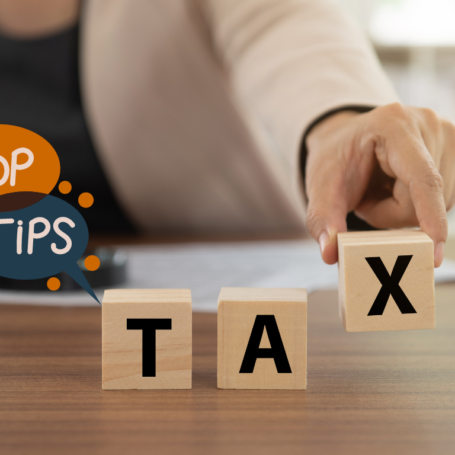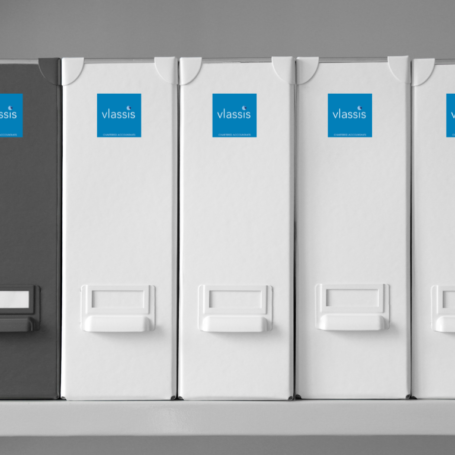This is part 2 of our “want to pay minimal tax on the sale of your business? Here’s how..” post
In part 1 we went through Capital Gains Tax (CGT) Discount with examples to illustrate how one can utilise CGT tax effectively when selling their business. We also went through the difference between selling shares in a business vs selling its assets.
Click here to refresh yourself on part 1 of this blog post series.
In part 2 we will get into the concept of accessing Small Business CGT Concessions and the different types available to you.
First off, What is a concession?
It is a generous and attractive reduction or discount.
But Wait!…
Before assessing whether you can access any of the business concessions available, you must first qualify.
Here’s how…
In regards to selling a business, the Small Business CGT Concessions are available when there is a sale of an active asset and one or both are satisfied:
- The business being sold has a combined annual turnover of less than $ 2 million
- You own net assets of no more than $6 million
This criterion includes and aggregates the turnover/assets of affiliate and connected entities of the business being sold.
What does that mean?
An affiliate is any individual or company associated with you. In other words, additional entities connected to you that act in accordance with your directions or in harmony with you.
Connected entities exist where one entity controls the other or both entities are controlled by the same third party.
If you satisfy the above criteria you may be eligible for any of the 4 Small Business CGT Concessions:
-
15-Year Asset Exemption
- If you are eligible for this concession, your CGT liability may be reduced to NIL.
- In order to be eligible you must:
- Have held the asset in question for more than 15 years;
- The asset must be sold in connection with your retirement
Does this sound like you? Are you approaching retirement and have held an asset for over 15 years in which you would like to sell? You may want to speak to us…
-
50% Active Asset Reduction
- This concession works in conjunction with the general CGT discount (for assets held for more than 12 months) discussed in part 1.
- For example – if you sell an active asset, which is eligible for a Small Business Concession, the taxable gain is reduced by 50%. In conjunction to this, if the asset has been held for more than 12 months you get an additional 50% general CGT discount, which in effect reduces to 25% of the total gain. In other words, you get a double dip of CGT discount!
- IMPORTANT CAVEAT: The sale of companies are not eligible for the general CGT discount as discussed in part 1. So.. If the asset in question is a company are you still able to utilise this Small Business Concession?
- Answer is: YES & NO
- Think of the General CGT discount and the Active Asset Reduction as two separate benefits.
- Companies are only privy to 1 of the benefits, which is the Small 50% Active Asset Reduction.
- Which means you cannot double dip like other entities and in turn only utilise the 50% discount/reduction once.
- IMPORTANT CAVEAT: The sale of companies are not eligible for the general CGT discount as discussed in part 1. So.. If the asset in question is a company are you still able to utilise this Small Business Concession?
-
Retirement Exemption
- If you are aged over 55 and the gain is in relation to or connected with retirement you may be able to receive this gain tax-free, up to a lifetime limit of $500,000. If you are aged under 55 years and wish to utilise the retirement exemption, the amount gained must go into a superannuation account.
-
Rollover Exemption
- The rollover exemption is a deferral of your tax obligations. For example – if you sell your active asset (which is liable for CGT), under this exemption you are able to defer that tax to the sale of a subsequent active asset. This applies when the subsequent asset is purchased anytime in the 12 months prior to the sale of the original asset, or 2 years after the sale of the original asset.
- Even if you don’t end up buying a new active asset, the rollover provisions could be used to defer your CGT obligations for 2 years to a later income year, with potentially significant savings, if used properly.
In part 2 we have highlighted the benefits of small business concessions and the eligibility criteria to take advantage of them.
We will continue this blog post with part 3, showcasing scenarios to help you visualise and relate to how these concessions may affect your situation and tax obligations.
Stay tuned…












